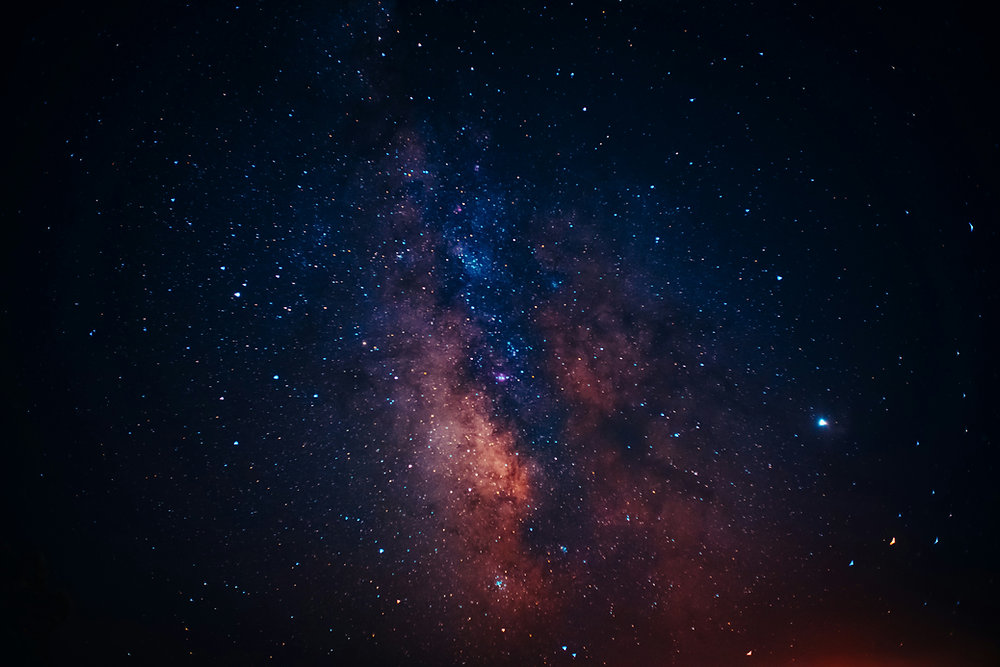Father Richard Anthony D’Souza steps into a role this month that has been shaped by Jesuits who have bridged science and faith for centuries.

The new director of the Vatican Observatory begins his work this month, following his July assignment to the institution by Pope Leo XIV and succeeding Br. Guy Consolmagno, S.J., who led the observatory for ten years.
Many Catholics are familiar with the Vatican’s quintessential features: the beautiful, high-domed ceiling of St. Peter’s Basilica, the sprawling Vatican Museums and the famous frescoes adorning the Sistine Chapel ceiling.
However, not all Catholics — and even fewer non-Catholics — are familiar with a Vatican-associated institute that has been routinely contributing to the future of scientific discovery since the 18th century.
A History of Star-Studded Excellence
Located in Castel Gandolfo, Italy — most famous for the Apostolic Palace, which has historically been the summer retreat for popes since the 1620s — the Vatican Observatory operates a telescope located at the Mount Graham International Observatory in the United States. One of the oldest continually operating observatories in the world, it has played a pivotal role in numerous astronomical endeavors and scientific advancements throughout the past five centuries, such as the documentation and mapping of over half a million stars by four nuns throughout the 20th century, which contributed significantly to the Astrographic Catalogue.
The observatory’s devotees represent some of the brightest minds studying the cosmos today. In 2008, cosmologist Father Michal Heller, a Vatican Observatory Adjunct Scholar, was awarded the Templeton Prize for his work discussing philosophy and science. Afterward, he went on to establish the Copernicus Center for Interdisciplinary Studies. Similarly, in 2010, the George Van Biesbroeck Prize was awarded to the former observatory director Father George Coyne. Most recently, Br. Consolmagno was awarded the St. Albert Award by the Society of Catholic Scientists.
The Future, Written in the Stars
At the end of his ten-year mandate, Br. Consolmagno, a highly accomplished astronomer, physicist and Jesuit brother with a decorated educational and scholarly background, prepares to hand the reins over to fellow Jesuit, Father Richard Anthony D’Souza, S.J., on September 19.
Father D’Souza was born in 1978 in India, entered the Society of Jesus in 1996 and was ordained a priest in 2011. He began his lengthy and diverse intellectual formation by studying philosophy and theology at Jnana Deepa, Pune, India, before going on to obtain a bachelor’s degree in physics from St. Xavier’s College, University of Mumbai; a master’s degree in physics from the University of Heidelberg, Germany, where he worked at the Max Planck Institute for Astronomy; a doctorate in astronomy from Ludwig Maximilian University of Munich with research from the Max Planck Institute for Astrophysics, Garching, Munich; as well as studying in a postdoctoral program at the University of Michigan, Ann Arbor, USA.
In addition to his extensive educational background, Father D’Souza had worked as a staff member of the Vatican Observatory since 2016, before he was appointed director.
Pope Leo XIV and Science
Father D’Souza’s appointment as director further underscores the new pontiff’s dedication to science and mathematics.
In June, the Holy Father reiterated the importance of scientific inquiry in an address given to visiting students and scholars within the Vatican Observatory’s Summer School program. The address centered around the theme “Exploring the Universe with the James Webb Space Telescope” (JWST).
Arguably the most impressive and illuminating instrument of discovery humankind has ever produced, JWST is an infrared astronomy space telescope operated by NASA and manufactured by several aerospace companies. The JWST features an intricate array of mirrors and is sensitive enough to investigate regions of space previously inaccessible to the Hubble Space Telescope, allowing scientists to more successfully analyze the formation of galaxies and the chemical composition of exoplanets. In 2022, the telescope famously captured impressive images of the galaxy, which quickly captivated viewers worldwide.
During his June address, Pope Leo XIV stated that the images generated by the telescope “fill us with wonder, and indeed a mysterious joy,” leading us to contemplate the “sublime beauty” of the stars.
Pope Leo XIV also recently celebrated the anniversary of the 1969 Apollo moon landing on July 20th by visiting the Vatican Observatory in person and gazing through the Carte du Ciel Double Astrograph and the Zeiss Visual Refractor Telescopes.
Pope Leo XIV’s endorsement of the scientific community is not necessarily novel. The Catholic Church has a long history of supporting and encouraging scientific inquiry throughout the centuries, with many notable scientific minds championing the importance of constructive dialogue between religious faith and the physical sciences. One such example is Father Georges Lemaître, the theoretical physicist who first argued in favor of the theory of an expanding universe from the recession of galaxies, and formulated what is now known as the “Big Bang Theory” of cosmic origins.
Our Holy Father’s support and encouragement of scientific endeavors remind us of the illuminating role scientific reasoning can play in informing the development of faith. As stated succinctly by Pope St. John Paul II in Fides et Ratio:
“Faith and reason are like two wings on which the human spirit rises to the contemplation of truth; and God has placed in the human heart a desire to know the truth—in a word, to know himself—so that, by knowing and loving God, men and women may also come to the fullness of truth about themselves.”
